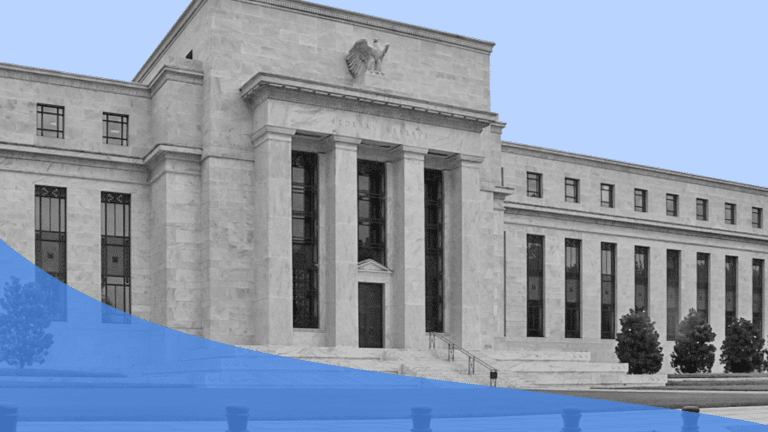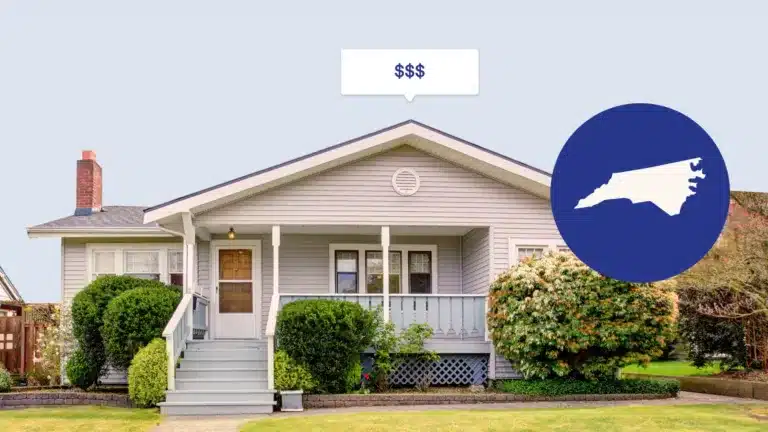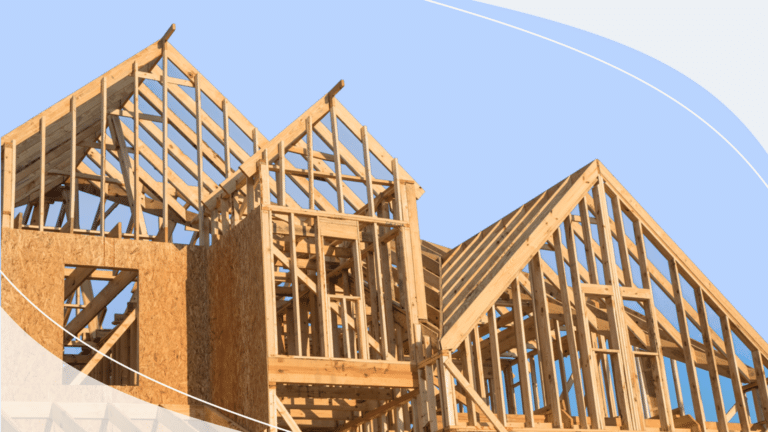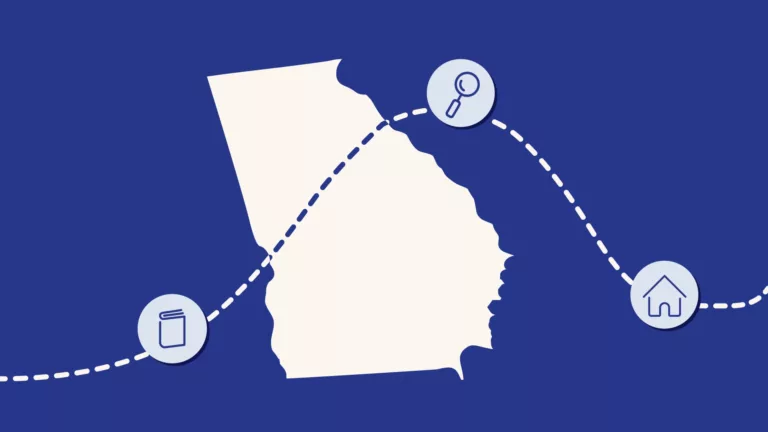Have you ever gotten a bill and immediately wondered how you’ll come up with the money to pay for it? It’s a common situation, especially when you experience financial hardship or an unfortunate job loss.
It’s a good rule of thumb to reach out to your creditor or lender when you have trouble making your payments — including when you can’t make your mortgage payments.
Your mortgage servicer can help you come up with a solution, and in fact, may have a handful of options to consider: mortgage forbearance, refinancing your mortgage, loan modification or deferral.
In this article, we’ll focus on the key question, “What is mortgage forbearance?” and explain how mortgage forbearance works, the pros and cons and why you might need a mortgage forbearance plan.
What is Mortgage Forbearance?
When you need time to improve your finances or get back on your feet, your mortgage company may offer you a mortgage forbearance option. This means your mortgage company will temporarily suspend or reduce your monthly mortgage payments for a specific amount of time.
Forbearance will damage your credit score less than foreclosure — your credit score refers to a three-digit number that explains how well you pay back debt. You can also stay in your home during a forbearance.
However, forbearance does not eliminate what you owe. You must repay your missed payments in the future. We’ll go over more details below.
How Does Mortgage Forbearance Work?
Mortgage forbearance involves contacting your lender to let them know about your financial hardship. You may have to fill out an application and provide documents to determine your eligibility for forbearance.
Your lender will provide you with a statement outlining the terms of your forbearance if they approve your application. You may resume regular payments and repay the amount you were excused from paying during the forbearance period, along with interest payments and other fees. Your lender will outline how to repay those, whether as a lump sum or installments added to each of your regular payments over a specified period of months.
When you’re nearing the end of your forbearance, your lender will contact you to discuss how you will proceed with your mortgage payments.
Pros and Cons of Mortgage Forbearance
Let’s take a look at both the pros and cons of mortgage forbearance.
Pros of Mortgage Forbearance
We’ll start with the reasons you may want to consider a mortgage forbearance:
- Foreclosure proceedings will not occur. In addition to harming your credit, foreclosure is a costly procedure for lenders because they must recover the amount owed on a defaulted loan by selling your property. It’s to their advantage to keep you in your home.
- You can continue to make payments to keep your mortgage current when you have the funds. While in forbearance, you can still make payments to lower your debt.
- You can suspend or lower mortgage payments for at least three months. Initial forbearance plans usually last three to six months. You can request an extension to extend up to 12 month and possibly up to 18 months of forbearance, depending on your mortgage servicer’s requirements.
- Your lender might be able to find other programs to bring your loan up to date. Your lender may identify some other options, such as a repayment plan, which allows you to pay a past due amount by adding it to your current mortgage payments over a specific time period. They might suggest a modification, which changes the original terms of your mortgage, such as payment amount or length of your loan, for example. Your lender may also suggest a deferral, which involves moving past-due amounts to the end of your loan term and keeps principal and interest payments the same. Your lender may also suggest a refinance, which gives you a different mortgage loan in exchange for your current mortgage.
- You can sell your home during the forbearance period. This means that you won’t miss payments or affect your credit.
Cons of Mortgage Forbearance
Now, let’s take a look at the cons of mortgage forbearance:
- You will have to make up missed payments. As soon as your forbearance ends, you repay your missed payments with a payment plan or a lump-sum payment.
- Your mortgage payments may be higher after forbearance. Due to the addition of missed payments to your monthly payments, your monthly payments may cost more after forbearance.
- Your delinquent payments may affect your credit score. Unless your lender agrees not to report it, credit bureaus will know that your mortgage went into forbearance. However, it’s still less damaging than foreclosure.
- You might not be able to refinance right away. Your lender may not allow you to refinance your loan for a period of time after forbearance. The amount of time it takes to become eligible for a mortgage refinance after forbearance varies according to your lender and the type of loan you have.
Why You Might Need a Mortgage Forbearance
Many situations might warrant a conversation with your mortgage lender or service provider about forbearance to avoid foreclosure, including the following:
- You were furloughed but expected to return to your previous position within 12 months.
- You lost your job but are actively seeking new employment.
- You’re experiencing temporary medical issues.
- You need to stop the foreclosure process and have time to achieve financial stability.
- You’re experiencing a temporary financial setback.
- The death or illness of a co-borrower has led to financial difficulties.
Don’t have a federally backed mortgage? The Consumer Protection Financial Bureau’s website offers mortgage relief options for loans owned by Fannie Mae and Freddie Mac (often called Fannie and Freddie).Ready to learn about mortgages, interest rates, credit scores and more? Morty can walk through the homebuying journey with you as your trusted partner.






